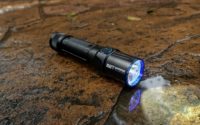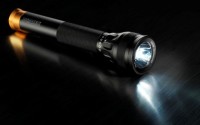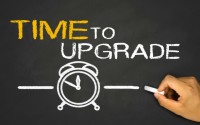What Makes Solar Power System an Ideal Option for Homeowners
Solar power has great potential and we are just beginning to tap into it. It seems like it was ages ago when innovators recommended going solar. Over time, homeowners understood the benefits of having a clean and renewable power source that comes without a price tag. That’s after the initial setup investment.
It’s fairly easy to find panels online these days. You can find multiple portable solar panels for sale that are flexible and can supply power in different settings. We are talking caravans, 4WD vehicles, camping but also off-grid living and even your home. The primary concern, though, remains the energy expenditure profile you intend to cover with the system.
Power Consumption Assessment
Before delving into the solar power system set up, you need to assess the power you need to generate. If you want to use this system to replace an existing off-grid solution like a diesel power generator, then you already have a general outline regarding power output. In case you intend to use the new system to cover all of your off-grid energy needs, then you should measure the amount of electricity you need daily. Within a test period of a few days, you should be able to have an approximate value.
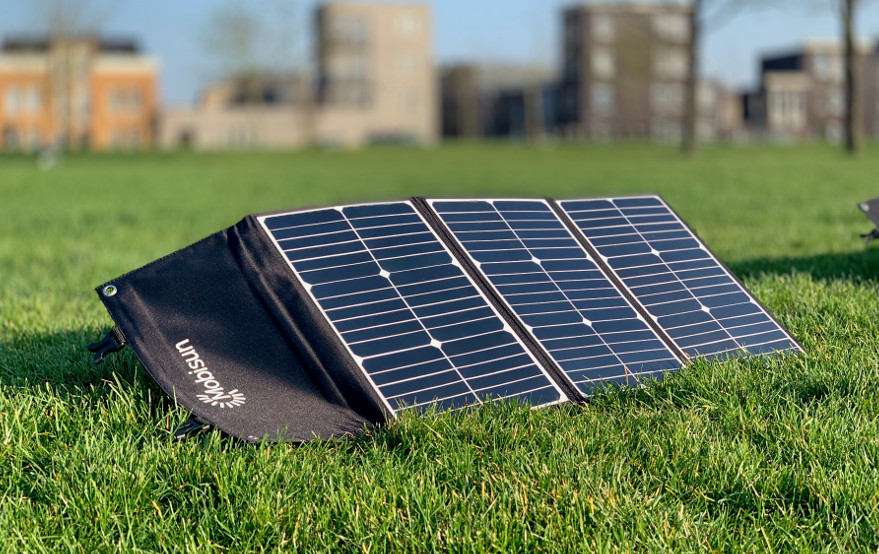
And if you are venturing into a new project – be it a shed, a production plant, or a barn, you need to make guesstimates. Since these type of assessments almost always miss the mark, before looking to buy an inverter for portable solar panels for sale, you need to make sure they are stackable, so you can upgrade them at a later date if needed.
Solar Setup: Components
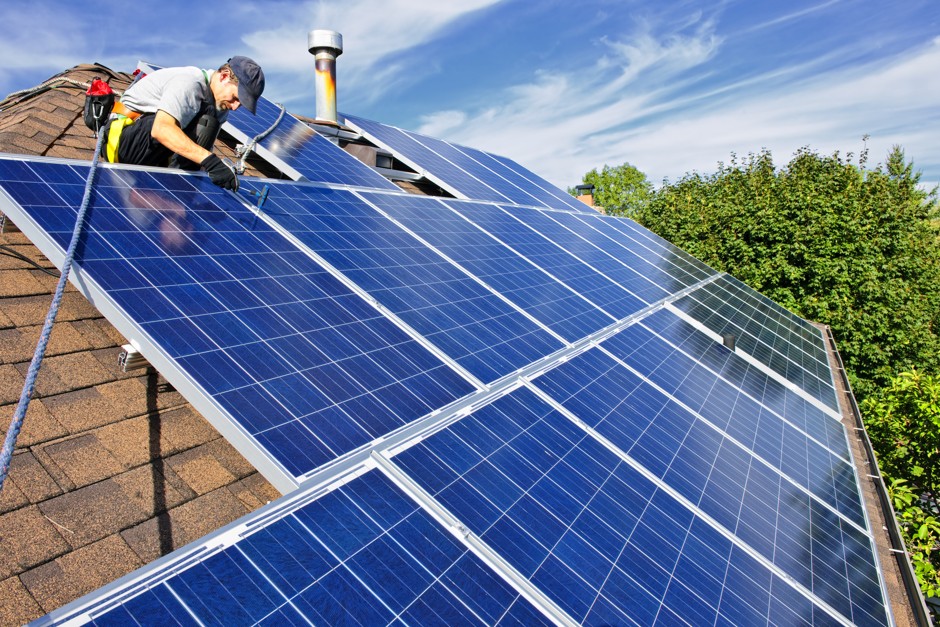
The basic elements are panels, batteries, inverter and wiring. If you are not well versed in electrical systems – the panels produce the power, batteries store it, inverters convert it and wires make all this possible. Let’s check each segment in more detail.
Panels
Even though panels come with technical specifications, you should not take them for granted. You will get info from the manufacturer regarding the size of the solar panels and their efficiency. Don’t be tempted to draw a straight line between your estimated daily expenditure and the capacity of the panels. Always account for efficiency losses within the system and unreliable exposure to sunlight.
Keep in mind that panels’ efficiency will deteriorate over time. The only variable in this equation is the degree to which this will occur. Some manufacturers dare to project more optimistic drop in power production capacity than others.
Then, there is the unpredictable sunlight. You can check the approximate number of sunny days at your latitude, or even study local meteorological data from the past and still be off the mark. To mitigate these risks, you should always go for a system that exceeds your daily expenditure by a fair margin.
Different types of panels are available out there. Monocrystalline holds a reputation for being most efficient (above 20%) and to deteriorate less. They are also the most expensive upfront. Polycrystalline solar panels are made from more than one sheet and experience a greater degree of loss because of that. Thin-film is usually used to make portable solar panels and they have many benefits. Some of them are foldable, which not only benefits transportation and storage but also implies a potential to extend the useful surface area. The flexibility is also important because you can move them following the position of the sun thus increasing the exposure to sunlight. They are the most durable and heavy-duty option and can easily become mobile.
Batteries and Inverter
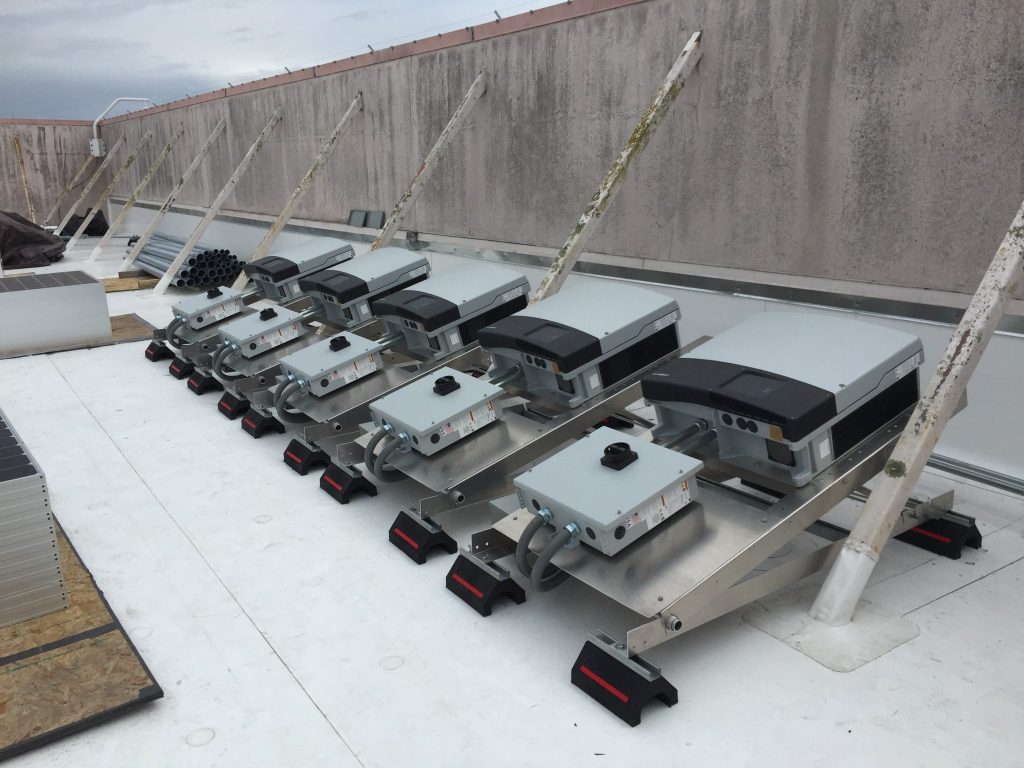
When you get your electricity from the power distribution network, you are getting it as is. You get the amount you need when you need it. With solar systems it’s slightly different – the time frame for power generation and your power consumption schedules are likely to be incompatible. While you are doing your daily expenditure assessment you might notice this. Generally, power is used after the sun is down, while solar panels make electricity during daylight hours. This is the reason you’ll need to invest in a reliable power bank. Lead-acid and lithium batteries are two of the most popular options people choose. Getting deep cycle batteries may be more expensive, but it will deliver more energy per volume.
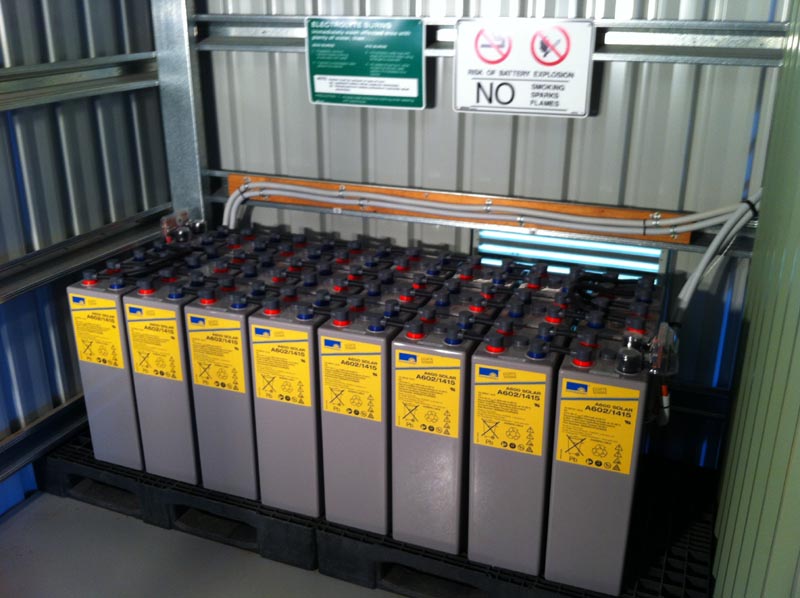
The inverter is a critical piece of equipment because the electricity produced in a flexible solar panel is DC. While there are a host of gadgets you can run on DC coming directly from the panels, it is prudent to also invest in an inverter since many other contraptions run on AC. Go for at least 200W inverter because sometimes you might need to run more than one appliance at the same time. This is your safe bet if you want your inverter to handle the power surge. If you want to go on the high end, you can invest in pure sine wave inverter, they offer more efficiency.
Wiring
Following a good wiring diagram is central to making your solar power system as efficient as possible. This is particularly true about systems which consist of more solar panels connected as one unit. In essence, there are two ways to do it: parallel or serial connection. Once you get all components connected, you will reap the benefits of being powered directly by the sun.

